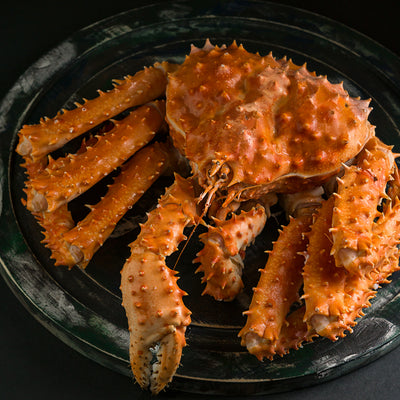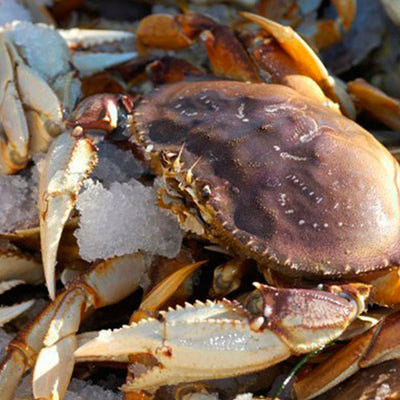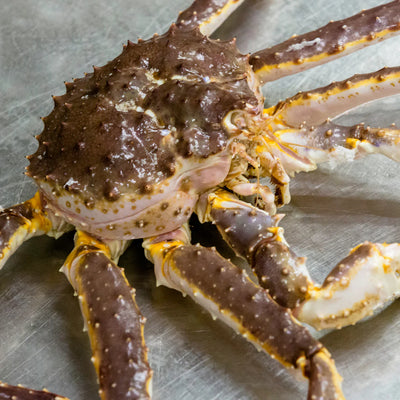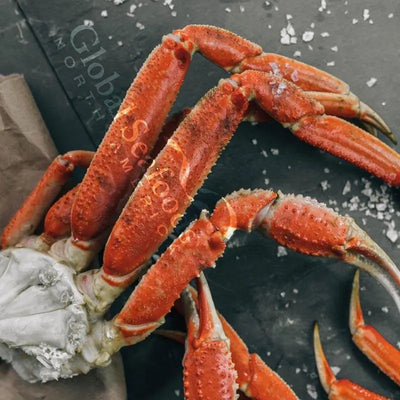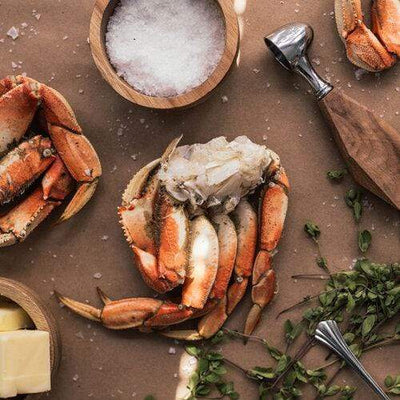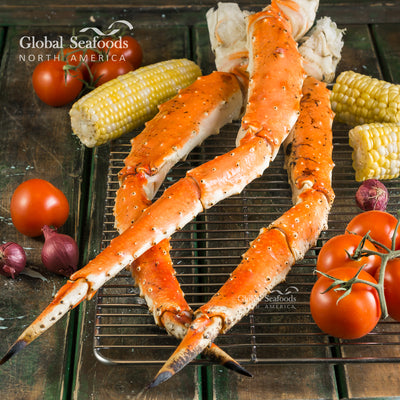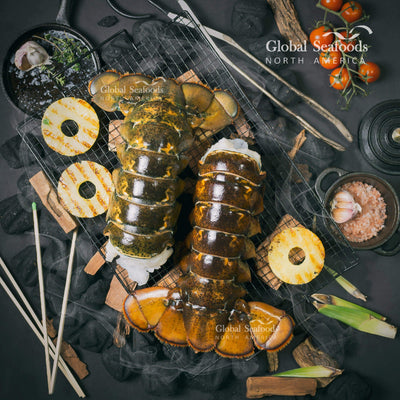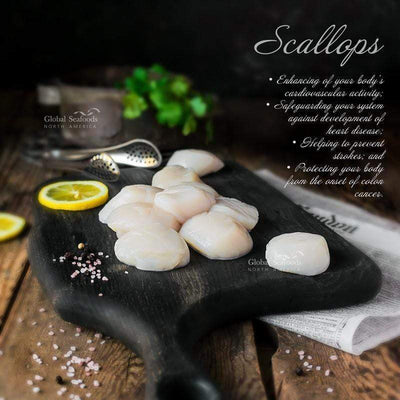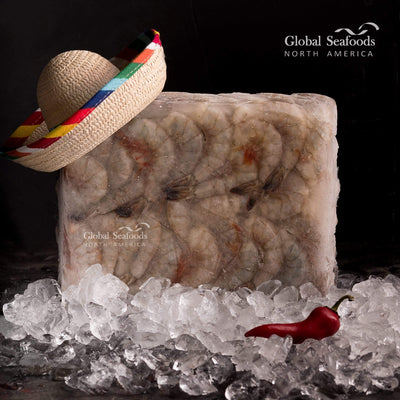Crabbing Regulations: Everything You Need to Know for a Successful and Legal Catch

Crabbing Regulations: What You Need to Know for 2024
Crabbing is an enjoyable and rewarding outdoor activity, but it comes with legal responsibilities. Whether you're a seasoned fisherman or a first-time enthusiast, understanding crabbing regulations is essential for a successful and sustainable experience. This comprehensive guide provides an in-depth look at the latest rules, including licensing requirements, size limits, seasons, and conservation efforts. By staying informed, you can help preserve crab populations and ensure that future generations can continue to enjoy this popular pastime.
Why Crabbing Regulations Matter
Crabbing regulations play a crucial role in maintaining healthy crab populations and marine ecosystems. Overfishing and improper crabbing practices can quickly deplete local populations, leading to long-term environmental and economic damage. The National Oceanic and Atmospheric Administration (NOAA) states that "sustainable fishing practices, including crabbing regulations, are essential to protect marine biodiversity and ensure the long-term viability of fisheries."
By following local regulations, you're not only ensuring a legal catch but also contributing to the protection of marine life. Regulations help balance recreational and commercial crabbing, ensuring that everyone has access to these valuable resources while protecting crab populations for the future.
Key Crabbing Regulations You Must Follow
Understanding and following crabbing regulations is crucial to avoid fines, penalties, or even the suspension of fishing privileges. Here are the most important aspects of crabbing regulations to keep in mind:
1. Crabbing License Requirements
In most states, recreational crabbing requires a fishing or crabbing license. Whether you're crabbing from a boat, pier, or the shoreline, a valid license is essential. Licenses are typically available for both residents and non-residents, with different fees depending on your location.
For instance, in Washington state, both residents and non-residents over the age of 15 must have a Shellfish and Seaweed License to crab legally. In Maryland, a recreational crabbing license is required for anyone using collapsible crab traps or trotlines.
Check with your state’s Department of Fish and Wildlife or equivalent agency to understand specific licensing requirements in your area.
2. Size and Sex Limits for Crabs
One of the most important regulations involves the size of the crabs you’re allowed to keep. Many states enforce minimum size limits to protect juvenile crabs and ensure they have the opportunity to mature and reproduce.
- Dungeness Crabs: In Washington, Oregon, and California, the minimum size limit for Dungeness crabs is typically around 5¾ inches across the shell.
- Blue Crabs: In Maryland, blue crabs must measure at least 5 inches from point to point across the shell.
Additionally, some states have restrictions on the sex of crabs that can be harvested. For example, female crabs are often protected to support reproductive cycles. In the Chesapeake Bay, female blue crabs are protected during certain times of the year, and it's illegal to harvest egg-bearing females, commonly known as "sponge crabs."
3. Daily Catch Limits
To prevent overfishing, states enforce strict daily catch limits. These limits vary depending on the species of crab and the region.
- Dungeness Crabs: In Washington, the daily catch limit for Dungeness crabs is five male crabs per person, per day. Each crab must meet the size requirement.
- Blue Crabs: In Maryland, recreational crabbers are allowed to catch one bushel of blue crabs per person per day.
It's essential to stay updated on these limits, as they can change based on conservation needs and population health.
Crabbing Gear Restrictions: What You Can and Cannot Use
Crabbing gear is regulated to ensure sustainability and fairness in the sport. The type of traps, pots, and lines you use must comply with state regulations.
1. Crab Pots and Traps
In many states, recreational crabbers are allowed a limited number of traps or pots. For example, in California, you can use up to 10 crab traps, and each must have a legally-sized escape ring to allow undersized crabs to exit. Similarly, in Washington, you must use crab pots with biodegradable escape mechanisms, ensuring that lost pots do not continue trapping crabs indefinitely.
2. Trotlines and Hand Lines
Trotlines, used primarily for catching blue crabs, are allowed in states like Maryland, but they are subject to length restrictions. In Maryland, the trotline can’t exceed 1,200 feet for recreational purposes. Hand lines are also a popular method for crabbing and are often allowed without the need for additional gear permits.
Crabbing Seasons and Closures: Timing Your Trip Right
Crabbing is often seasonal, with specific open and closed seasons to ensure crab populations can replenish. Most states enforce seasonal closures during critical breeding times.
Dungeness Crab Season in Washington (WA)
In Washington, the Dungeness crab season for recreational crabbing is open most of the year in Puget Sound, but it is typically most active from July to December. The exact dates vary by region, with Puget Sound often having a winter closure to allow the crab populations to recover. It's important to check with the Washington Department of Fish and Wildlife (WDFW) for specific seasonal updates and closures.
- Best Time: Summer through early winter is the best time to go crabbing in Washington.
- Daily Limit: Up to five male crabs per person, with a size limit of 6.25 inches across the shell.
Dungeness Crab Season in California (CA)
In California, the recreational Dungeness crab season usually begins on November 4th in the northern part of the state and runs through June 30th of the following year. Southern California has different opening dates, so it's crucial to consult the California Department of Fish and Wildlife (CDFW) for the exact dates, especially if you plan on crabbing around San Francisco Bay or further south.
- Best Time: Late fall to early summer in Northern California.
- Daily Limit: Recreational crabbers can catch up to 10 Dungeness crabs per day, and each crab must be at least 5¾ inches across the shell.
Before planning your crabbing trip, check with local authorities to ensure the season is open and to verify any specific regional closures or updates due to environmental factors.
Conservation Efforts: Protecting Crab Populations for Future Generations
Sustainable crabbing practices are key to maintaining healthy crab populations. Over the years, many states and organizations have implemented conservation efforts to protect crabs from overfishing.
The Chesapeake Bay Foundation has been a major advocate for blue crab conservation, working to restore seagrass beds, oyster reefs, and other habitats crucial for crab populations. They’ve partnered with local governments to regulate crabbing practices and protect crab breeding grounds.
Additionally, NOAA encourages the use of biodegradable gear to minimize the impact of lost pots, which can continue to trap crabs and other marine life if left unchecked.
By following these sustainable practices, recreational crabbers can contribute to the long-term health of marine ecosystems.
Common Mistakes to Avoid While Crabbing
Even seasoned crabbers can make mistakes. Here are some of the most common errors to avoid:
1. Ignoring Licensing Rules
Fishing or crabbing without a license can result in hefty fines, and repeat offenses may lead to the suspension of fishing privileges.
2. Harvesting Undersized or Female Crabs
Always measure your crabs and ensure that you're following size and sex restrictions. This not only ensures a legal catch but helps preserve crab populations.
3. Overfishing
Respect daily catch limits. Catching more than the legal limit not only hurts crab populations but can lead to fines and penalties.
Legal and Enjoyable Crabbing Experience
Crabbing can be a rewarding experience, whether you're doing it recreationally or commercially. By following state regulations and adopting sustainable crabbing practices, you can help protect crab populations and ensure a legal and enjoyable outing. Always remember to check the latest crabbing rules in your area and adhere to size, catch, and gear regulations.
For high-quality seafood products like Snow Crab Legs & Clusters or Golden King Crab, visit Global Seafoods for the best selection.
For more seafood tips and recipes, check out our YouTube channel!
Shop for Premium Seafood:
Also in News

How to Make Sea Bream Sushi With Dry-Aged Tuna & Crab Roll — Step-by-Step With Chef Joshua
A complete guide to making Sea Bream sushi at home, including filleting, curing, slicing, and building a Dry-Aged Tuna & Crab sushi roll. Chef Joshua shares professional tips for restaurant-quality results.

The Boiled Crab in Popular Culture: From Cajun Cuisine to Trendsetting Restaurant Phenomenon
From spicy Cajun-inspired seafood boils to hands-on dining experiences, The Boiled Crab has left a unique mark on popular culture. Discover its cultural roots and culinary influence.

Boiled Crab for Game Night: Everything You Need for a Perfect Seafood Party
Take your game night to the next level with a Boiled crab party. Learn the best recipes, cooking tips, and hosting hacks for a memorable seafood feast.

